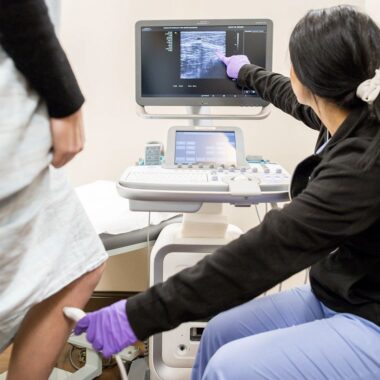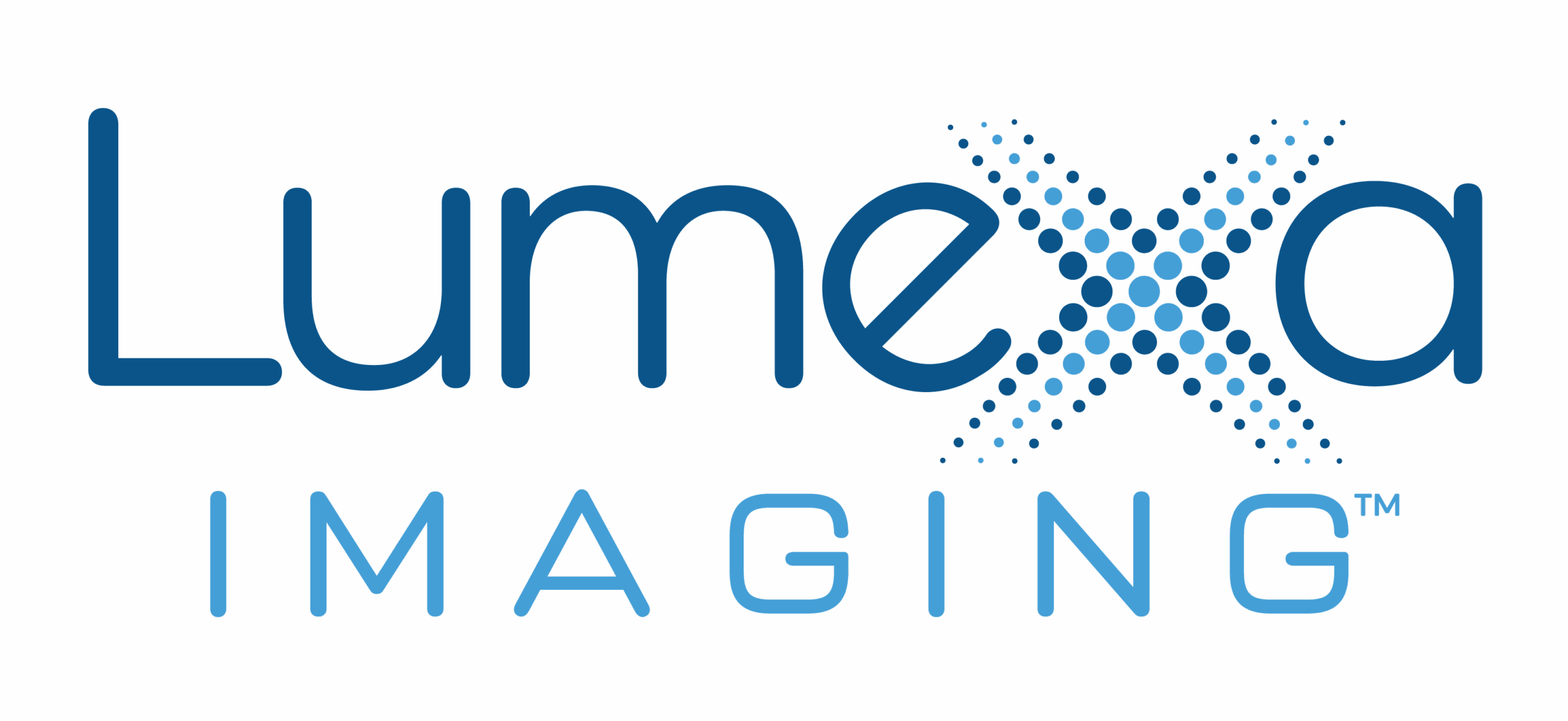Lower extremity vein disease, or venous insufficiency, is a common condition, affecting as many as 40%–50% of women by age 50. Venous insufficiency remains an underdiagnosed and undertreated condition, in part because varicose veins are often characterized as a cosmetic issue and associated symptoms of vein disease can be misattributed to normal aging.
Signs and symptoms of vein disease include:
- Visible veins (spider and varicose veins)
- Leg heaviness
- Fatigue
- Swelling
- Skin darkening/hyperpigmentation
- Restless legs
- Night cramps
- Pain
- Itchiness
- Lipodermatosclerosis
- Venous ulcers
Many patients present for evaluation after years of suffering from worsening vein symptoms and wish that they had sought treatment sooner. It is, therefore, important to identify early signs of vein disease, cultivate strategies for maintaining vein health, and know when to pursue expert evaluation
Why do our veins become diseased?
Our superficial leg veins are responsible for draining blood from our feet to our heart, and valves within these veins are crucial to maintaining the correct direction of flow.
Over time, wall weakness leads to vessel dilation and valve dysfunction, allowing blood to reflux toward our feet. This leads to increased venous pressure, resulting in dilation of venous branches and perforators, which manifest as visible varicose and spider veins.
Read More: Debunking 5 Common Vein Disease Myths
Although we do not know the exact reason why people develop vein disease, we do know that family history is a strong risk factor.
Are there any phases of life when there is a particularly high risk of developing vein disease?
For women, there is a strong association between pregnancy and venous insufficiency. During pregnancy, there is increased blood volume, and the progesterone surge promotes vessel wall relaxation and venous dilation. As the uterus and fetus enlarge, pelvic venous outflow can be compressed, leading to poorer venous return from the legs, particularly in the third trimester.
The combination of these factors leads to the development or worsening of varicose veins during and after pregnancy. In the first three to four months postpartum, many women see an improvement in varicose veins, but a subset, particularly those who have had multiple pregnancies, experience persistent or worsening symptoms.
When should patients seek treatment?
If the patient has bothersome varicose veins and/or symptoms of vein insufficiency, it is never too early to seek evaluation from a vein specialist. Vein disease unfortunately tends to progress over time, and studies have shown improved quality of life and decreased health care costs with earlier therapy.
Minimally invasive vein therapies — including endovenous laser therapy (EVLT) and sclerotherapy — close or remove diseased, refluxing veins and force venous return into nearby healthy veins, leading to improvements in both clinical symptoms and cosmetic appearance. These therapies are individually tailored to achieve the most optimal and durable results for our patients.
Is there anything I can do to decrease my risk of vein disease?
Follow these tips to promote good vein health:
- Add exercise and walking to your routine. Muscle contraction pumps blood from the legs, reducing venous pooling.
- Reduce prolonged standing or sitting. Standing or sitting leads to venous pooling. Take breaks and elevate your legs when possible.
- Maintain a healthy weight. Obesity leads to increased venous pressures.
- Wear compression socks. Venus pooling may be reduced by wearing compression socks.
Get rid of varicose veins once and for all. Request an appointment with a vein specialist at Charlotte Radiology Vein Centers today.
James Chen, MD, is a vascular and interventional radiologist at Charlotte Radiology Vein Centers. This article was originally published in MD Professional on May 13, 2022, and updated on October 4, 2022.



